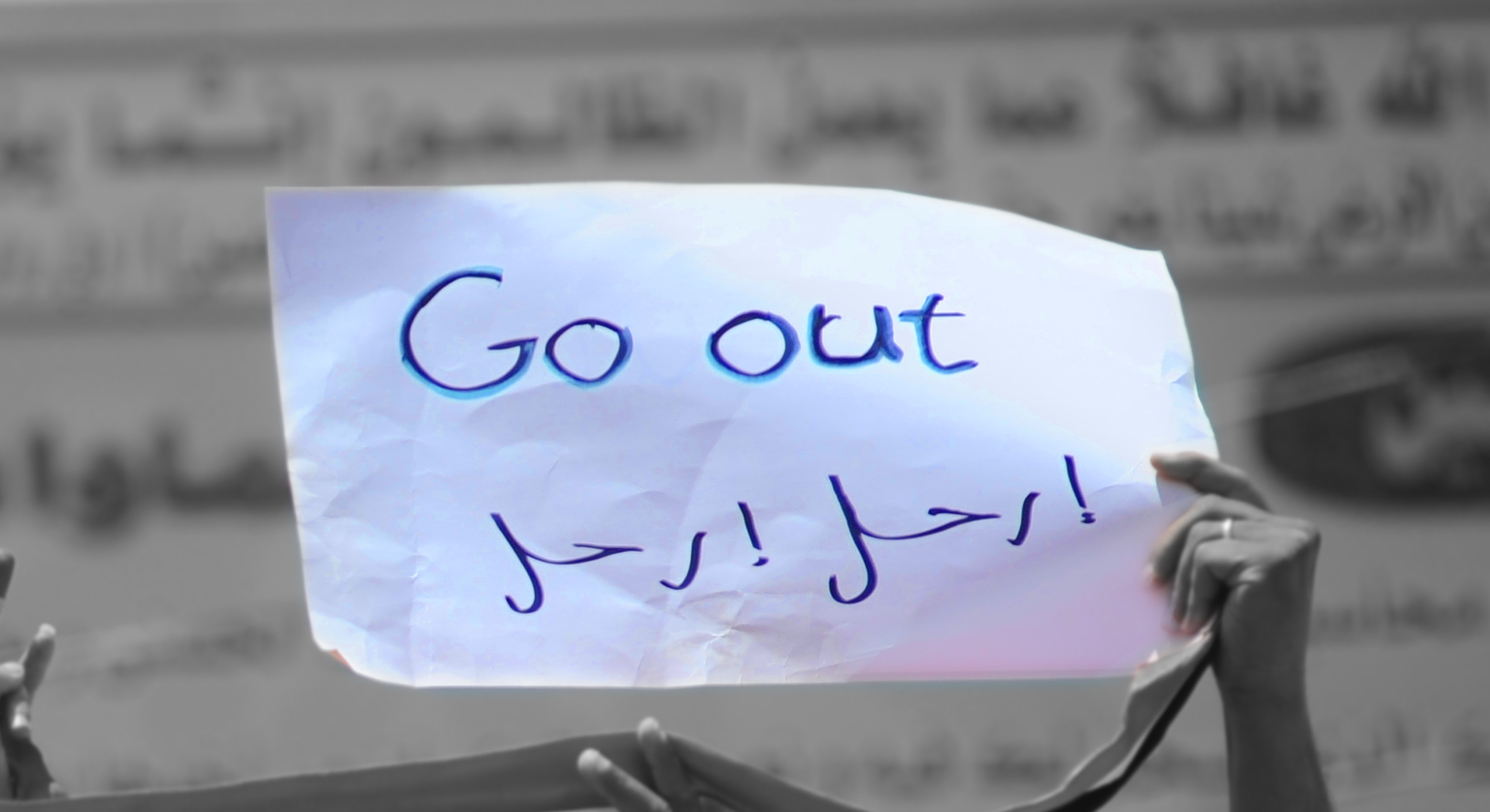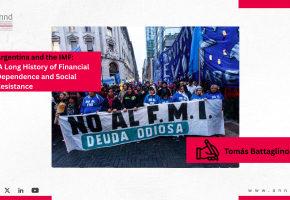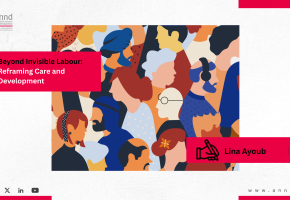

The Arab Spring: Results and Prospects - Slaheddine Jourchi
It has been fourteen years since a social and political earthquake struck the region. It was dubbed the Arab Spring out of optimism that it might be the gateway to breaking with the long years of tyranny and establishing local democracies capable of surviving.
However, all the countries that experienced popular uprisings have declined despite the fall of their regimes and the departure of their rulers. This situation poses several critical questions. Were they real revolutionary moments in the deep sense of the concept of revolution and its dimensions? What parties were influential and succeeded in aborting the trend towards historical transformation expressed by the Arab peoples? Did the social and political forces that captured that moment, advanced the ranks, and presented themselves as an alternative contribute significantly to the failure of emerging democracies? In short, has the revolutionary and democratic dream wholly evaporated, or is it awaiting profound self-criticism from the disappointed elites who can still try again according to a more realistic vision?
Tunisia and the Promises of the Arab Spring
Tunisia was the starting point for a series of sudden uprisings that spread around the Arab World, posing unprecedented challenges to its political systems. No one expected Ben Ali's regime to collapse so quickly, despite its cohesion and absolute control over all aspects of the country. Moreover, no one has a clear answer as to what exactly happened. The World Bank and IMF had expressed confidence in the Tunisian economy, which was recording a growth rate ranging between 4 and 5%. The regime had unconditional Western support despite its police nature. It was fulfilling its international obligations. However, it did not last long against a protest movement started by young people and later incorporated other social segments, especially the middle class.
The fire soon spread to Egypt, Libya, and Yemen, reached Bahrain and Syria, and almost swept away Morocco had the regime not contained the February 20, 2011 protest movement. The Arab Region seemed to have been on the verge of explosion due to tyranny, corruption, and social tension. The event transformed from its local setting to become a regional phenomenon. Despite the rapid spread and the apparent similarity of the situation in many countries, the specificity of each country influenced the direction and adaptation of the event locally. At this juncture, international powers, led by the United States and its allies, especially France and the EU, began working to control reactions and direct them according to their interests.
The Distance Between Premises and Consequences
After fourteen years, the harvest has been bitter and is inconsistent with the premises that emerged with that historical event. Although the emerging democracy in Tunisia lasted ten years, its popularity weakened, and its contribution was diminished before President Saied ended the process under the pretext of reform. He dissolved its legitimate parliament and abolished its constitution. He excluded its politicians and arrested some of them on charges of conspiracy against state security. Others had to leave and settle abroad. A system prevailed in Tunisia that most researchers describe as the rule of one individual.
In Egypt, military rule returned after the transparent presidential and parliamentary elections led to the Islamists coming to power. They made mistakes in managing government, building alliances, making economic and social choices, and providing justifications for their overthrow.
After the contested democratic elections In Libya, internal and external factors contributed to dividing the country between East and West and the plunge into a civil war. The way was open for external interventions, which are still influential in determining relations between the parties to the conflict.
In Yemen, after the killing of President Ali Abdullah Saleh, the country became embroiled in an exhausting civil war, which prevented its stability and further deepened the state of misery among its citizens.
On the other hand, the situation in Syria is challenging and complex. A weak and divided opposition provided an opportunity for the extremist Salafist religious forces. Al-Qaeda and ISIS transformed parts of the country into a so-called Caliphate State. They implemented an authoritarian and backward political model. After the international coalition eliminated that attempt, a vital part of the country remained outside the control of the regime. However, it regained part of its power through Iranian and Russian support.
How did Hope Turn into a Nightmare?
In light of this bitter harvest that turned hope into a nightmare, much has been said about the success of the counter-revolution in restoring the deep state. Talk has also spread about the end of the era of the so-called Arab Spring and that political realism requires recognising that the forces that bet on revolution and democratic change lost the bet and caused all these losses. Is this ruling correct and final? Can the future hold different expectations?
Each of these experiences has some peculiarity. However, that does not mean the lack of common factors explaining the failure to establish solid democracies in the Arab World. They include the following.
Not Changing the Social Contract
The uprisings and revolutions indicated that the long-prevailing social contract had collapsed and exhausted its purposes. The new stage required formulating a new contract involving various societal actors in its development. However, precisely the opposite happened. The old contract persisted, and the crisis continued and worsened with increasing economic and financial dependency on international institutions that adhered to maintaining the development path. The COVID-19 epidemic made matters worse. As the growth index declined, many vital sectors were damaged, and the pandemic was exploited to deepen the counter-revolution.
The Crisis of Alternative Elites
When five presidents left at once, the situation in the countries that witnessed these uprisings became confusing. Consequently, the parties and movements at the forefront of the previous oppositions rushed forward. However, these parties and their various affiliations were incapable of good governance and unprepared for the challenges of this stage. Instead of devoting themselves to radical reform and reviewing the major options, they were entangled in internal conflicts. The situation was further complicated, which was a disappointment, and people gradually lost their confidence, not only in the elites but in democracy and all types of politics.
The Secular-Islamic Conflict
Despite the difficult economic and social conditions, the elites wasted a significant portion of their strength in heated ideological conflicts that upended priorities, depleted institutions, divided peoples, exhausted states, and disrupted reform paths. The rise of Salafist movements steeped in ideological extremism and based on the practice of takfir and violence further deepened societal confusion and expanded the circle of chaos. These movements exploited the prevailing conditions and turned many countries into battlefields to establish what they called the “Caliphate State.” Curbing this phenomenon required large-scale external military and intelligence intervention in which almost all countries participated, changing domestic legislation in particular, and a solid return to intelligence services locally and globally within the framework of an international coalition against terrorism. All of this affected the course of the revolutions and the return to the conditions before their outbreak.
A Regional Climate Hostile to Revolution and Democracy
The Arab context was not receptive to the revolutions or uprisings that shook the entire region. At the regional level, governments feared this sweeping popular movement with many demands, so most of them worked on its confrontation by various means. The reaction contributed to changing the direction of these revolutions and led many of them into serious pitfalls that sometimes resulted in civil wars.
On the other hand, Western countries played a dual role. They pretended to support democratic demands and freedoms but failed to provide the necessary financial aid, especially in Tunisia. In particular, they refused to change the old developmental path and worked to maintain these countries' economic dependency. Thus, the economic crises deepened for those still searching for a minimum of justice and dignity. The West also remained silent about coups and helped the regimes established on the ruins of various setbacks. Observers agree on saying that the West "failed to support the democratic transition process in Egypt, Libya, Tunisia, and Yemen. On the contrary, some of its governments supported Arab authoritarian regimes that are hostile to the Arab Spring."
There Is Still Hope for Change
The Arab Region seems exhausted. However, that does not mean a return to the previous state of surrender. Recent years saw intermittent movements here and there that some have called the “Second Arab Awakening.” This social and political situation witnessed in some countries, such as Iraq, Algeria, and Sudan, may be evidence of a popular psychological state that tends towards rebellion. Nonetheless, the matter calls for a serious evaluation of the failed Arab Spring experiences and drawing lessons from what happened. Revolutions are not an easy choice, and their repercussions are complex. Reform is safer, even if its fruits are delayed.
Slaheddine Jourchi
Recent publications

Argentina and the IMF: A Long History of Financial Dependence and Social Resistance - Tomás Battaglino
Related publications


